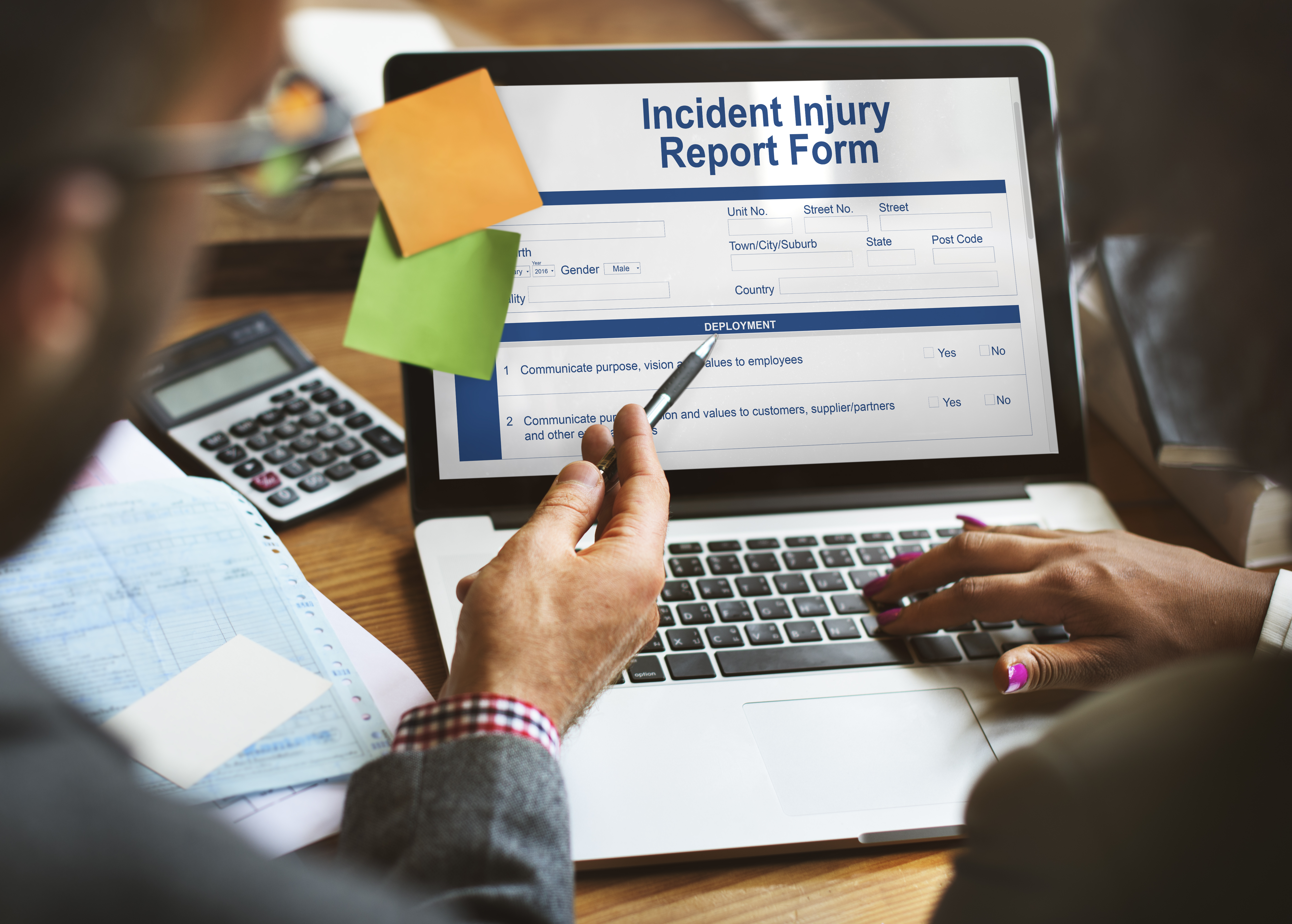Schools in all states and territories must notify their safety regulator and keep records of the most serious of safety incidents, be they deaths, serious injuries, or ‘near misses’ which could have caused a death or serious injury. Only a few states, such as New South Wales and Victoria, have explicit laws which require all safety incidents to be recorded in an incident register. However, all jurisdictions require that a school must be aware of all foreseeable hazards and have appropriate control measures in place. Ensuring that all safety incidents are reported is a key to ensuring that the school is aware of those hazards; insisting that all staff are responsible for identifying and reporting incidents and hazards is a way to embed safety awareness in a school. Safety awareness throughout a school is the critical basis of imbuing a safety culture.
Why Should Schools Develop a Safety Culture?
Most schools are very well aware of their duty of care towards students; they tend to be less conscious of their duty of care towards their employees, volunteers, contractors (and in the WHS harmonised jurisdictions’ definition of “workers”) to sub-contractors and their employees. There is a clear overlap between student duty of care and workplace safety legislation, which aims to reduce the number of preventable injuries and illnesses arising out of the workplace or work activities. A school or an employer (or PCBUs – Person Conducting a Business or Undertaking in the WHS harmonised system) is required to identify reasonably foreseeable hazards, assess the risk of harm from those hazards, and then take appropriate measures to either eliminate the hazard or minimise the risk.
A safety culture means that everyone-employees, students, and anyone coming into contact with the school-will appreciate that they have a role to play in reducing preventable injuries and illnesses, and hopefully then take steps to fulfil that role. The more people who are aware of hazards, who then report those hazards or incidents caused by hazards, the greater the likelihood that controls will be put in place to reduce the risk of injury. Put simply, fewer accidents, fewer injuries, fewer absences, fewer replacement staff, less damage and replacement costs, and reduced workers compensation premiums, are all rather persuasive reasons to foster a safety culture.
The School’s Obligation to Record Safety Incidents
Across Australia, schools have an obligation under state and territory education laws to report and record critical incidents relating to students. The equivalent under safety laws in all states and territories in relation to staff and students is that the safety regulator must be notified by employers of serious safety incidents in the workplace. The employer must report (and keep records of) a death or serious injury such as amputation, electrocution, blindness, as well as ‘near misses’ where there was an incident where there was a significant risk of death or serious injury.
In the case of incidents or injuries that do not need to be reported to the regulator, the only consistent requirement for external reporting is to an insurer if the injury is likely to result in compensation claims. In most of Australia, there is no other explicit requirement that an employer must record workplace safety incidents that do not need to be notified to the regulator. The only exceptions are New South Wales and Victoria where employers must maintain an internal “incident register” which records all incidents.
However, under the harmonised WHS system, directors and officers are required, as part of their “due diligence” to:
Ensure that the person conducting the business or undertaking has appropriate processes for receiving and considering information regarding incidents, hazards and risks and responding in a timely way to that information.
It would not take too much of a leap to interpret this to mean that an “appropriate process for receiving and considering information regarding incidents” means an incident reporting system.
Should a School Record All Safety Incidents?
Under safety legislation across Australia, the employer (or the PCBU) is required to identify foreseeable hazards, assess the risk of harm from that hazard (the likelihood and consequence) and then take appropriate action to either eliminate or minimise the risk of harm.
Having accurate records of all safety incidents greatly improves the school’s decision-making and ensures that resources are provided to achieve the best outcomes. Identifying hazards is often done using generic hazard templates, while assessing the likelihood and consequence of harm can be a fairly haphazard process, often involving pure guesswork. Determining appropriate control measures is supposed to reflect the level of risk – so for example, greater effort and expense would be spent on control measures where the risk of serious harm arising from a hazard was high, whereas far less time and expense would be spent on controlling a hazard where the injury would be minor or very rare.
By recording all injuries and safety incidents including ‘near misses’, a school is able to identify actual hazards as well as build a more accurate picture of the likelihood and real consequences. This in turn allows for a far better, evidence-based decision in selecting appropriate control measures. Furthermore, the school will be able to track the effectiveness of control measures by reviewing subsequent incident and injury data and making further adjustments if required.
These notifications should include incidents not only to workers (employees, volunteers, contractors) but also safety incidents relating to students.
Timely reporting also allows schools to recognise clusters and trends of incidents and determine the school’s exposure to certain risks and hazards, including potentially serious incidents (i.e. ‘near misses’). Real time online incident notification systems will collate information which will enable a school to analyse the data collected to narrow down areas of concern such as repeated slips or falls in a particular location in the school or the number of incidents of concussion in relation to a particular sporting activity.
The Cost of Not Properly Recording All Incidents
As discussed already, failure to record all safety incidents including ‘near misses’, can result in poor decision-making. The consequences of decisions based on assumptions rather than on available evidence can lead to wasted resources, but far more importantly, it can result in preventable injuries where adequate control measures were not put in place following a ‘near miss’.
In addition to the toll on the person or persons injured, and the pain of disruption to the general school community, the school and its senior management can be prosecuted resulting in significant fines and even prison sentences, in particular where it can be shown that the school should have been aware of the hazard and the risk of injury and yet did nothing about it.
Incident Reporting and Creating a Safety Culture
By getting all staff involved in noticing and reporting hazards and ‘near misses’, as well as reporting all injuries, they will be far more invested in safety in the school. This will be further reinforced if the school responds promptly to notifications and communicates the actions it is taking. Consulting with staff in relation to possible solutions, as required by safety legislation, will further engage staff as well as providing potentially better and safer solutions as more minds will be applied to the problem.
The involvement of all staff in reporting also means that more issues will be raised and provide the opportunity for further improvement of activities, equipment, training and facilities.
It must be pointed out that a significant hurdle for universal incident and hazard notifications is having a cumbersome paper-based system. The simpler and easier it is for staff to report, the greater the likelihood of their making the report rather than giving up because they could not find the right form, or they were not sure to whom they should give it. Online forms which can be easily accessed from smart devices are most likely to encourage reporting, and they have the additional benefit of being able to collate the incidents which then allows the school to quickly analyse trends and clusters.
Final Thoughts
If more incident reports mean more data, and more data means more opportunity for improvements, and this leads to fewer injuries, it makes sense for a school to make a concerted effort to encourage all staff to report all injuries, ‘near misses’ and hazards. This will involve not only a system that allows easy reporting and analysis, but also procedures to involve staff in finding solutions and monitoring the effectiveness of control measures in their areas.
The benefits of a functioning safety culture, apart from the reduction in injuries and associated costs, is that staff, volunteers and visitors and students feel safe at school and will be more actively engaged in making it a better place to learn and work.
Authors

Svetlana Pozydajew
Svetlana is a Senior Consultant at CompliSpace. She has over 20 years of experience in strategic and operational human resource management, occupational health and safety, and design and implementation of policies and change management programs. She has held national people management responsibility positions in the public and private sectors. Svetlana holds a LLB, Masters in Management (MBA), Master of Arts in Journalism, and a Certificate in Governance for not-for-profits.
Joaquin Smith
Joey is an Associate based in our Brisbane office. He recently graduated with a Bachelor of Business (majoring in Economics and Management) from the Queensland University of Technology (QUT). Joey is keen to put his studies into practice and move into the business world by supporting our Queensland Consulting Team.
Find me on: 



.png)
